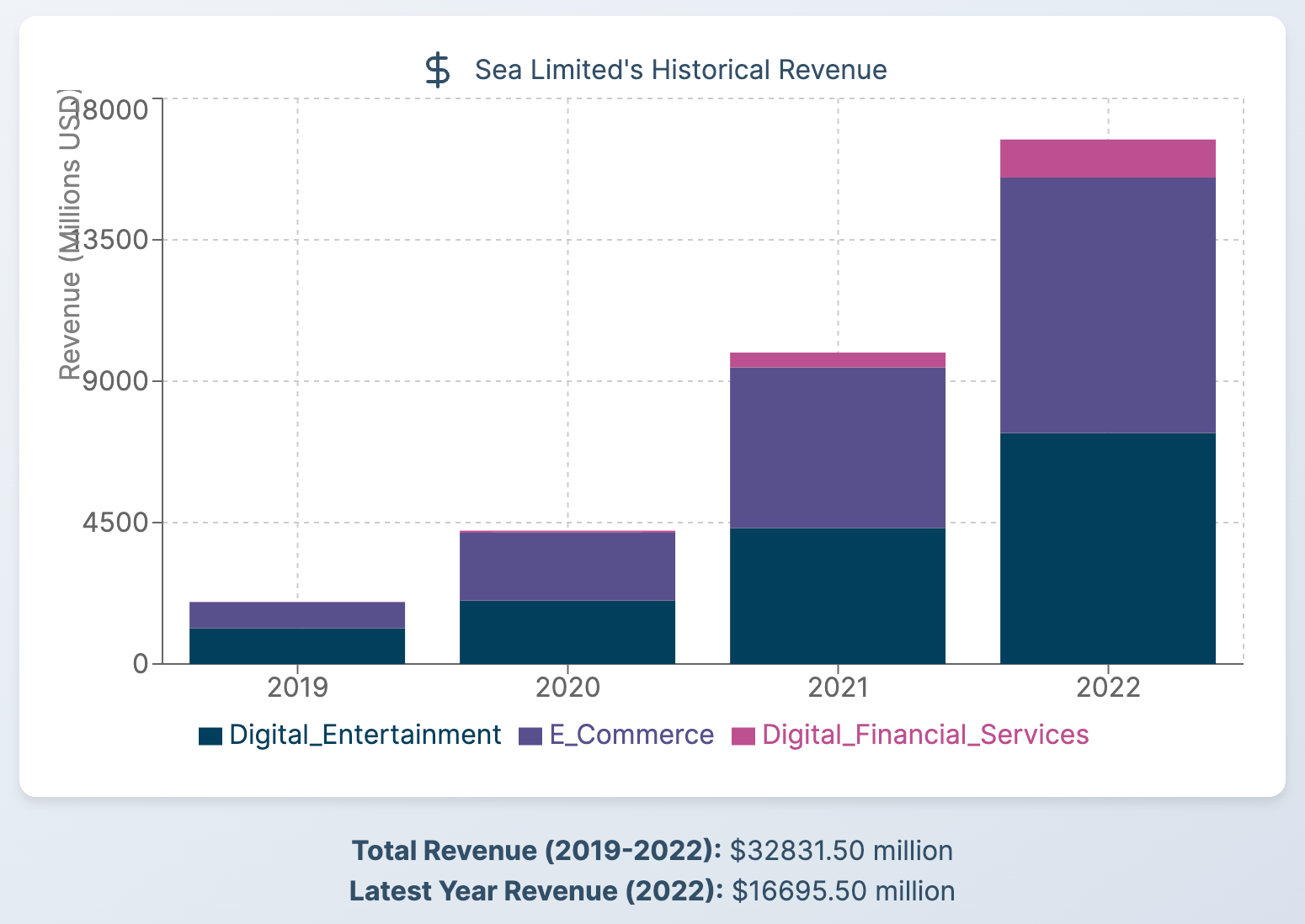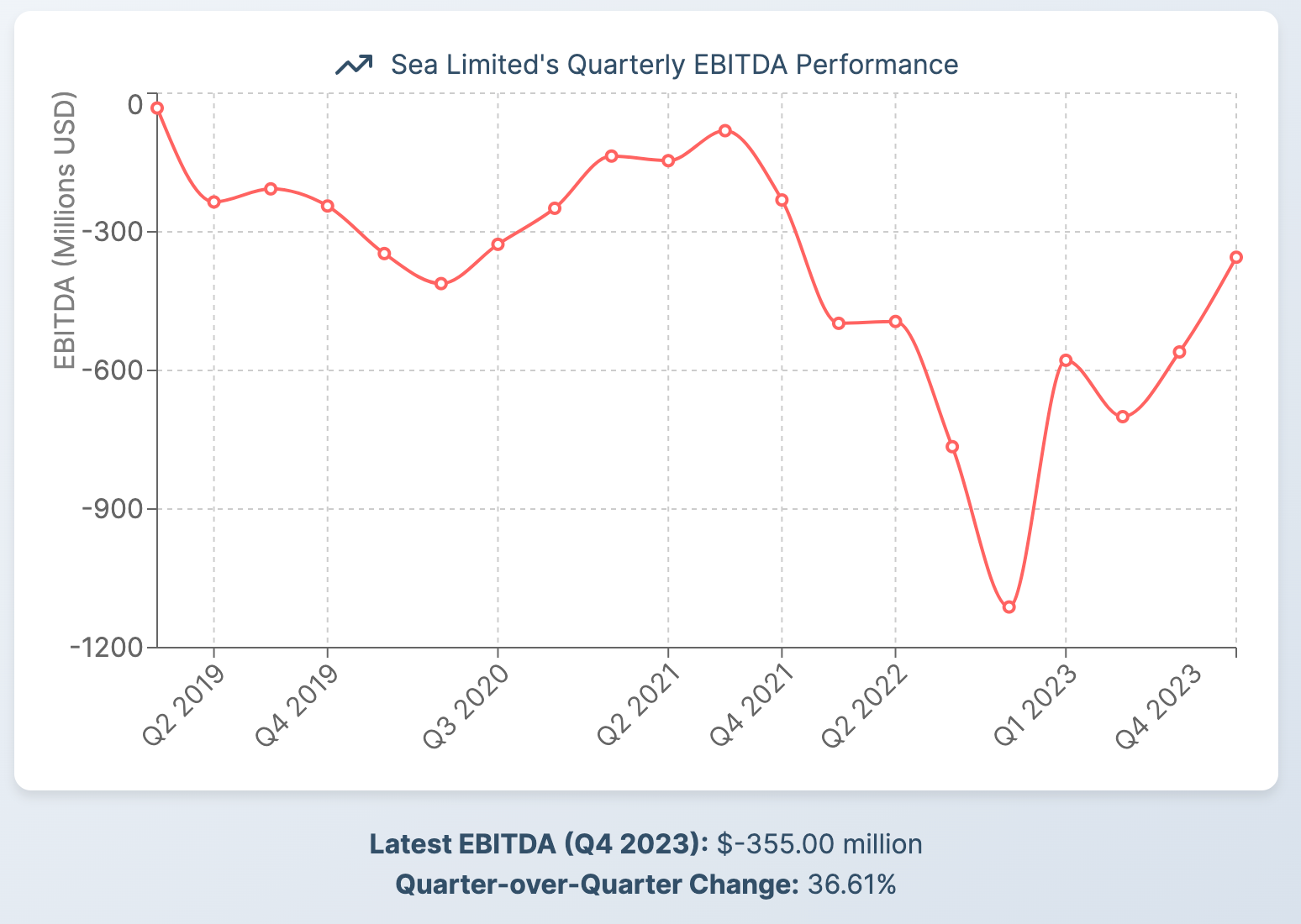The Origins of Shopee: From a Southeast Asia Startup to E-commerce Giant
Shopee, a leading e-commerce platform in Southeast Asia and beyond, has a fascinating origin story that's closely tied to its founder and parent company. Let's dive into the details of who owns Shopee and how this digital marketplace came to dominate the online shopping landscape in several countries.
Shopee's Founding and Early Days
Shopee was founded in 2015 as part of Sea Group, a multinational technology company based in Singapore. The driving force behind both Sea Limited (formerly known as Garena) and Shopee is Forrest Li, a visionary entrepreneur who saw the potential for a mobile-first e-commerce platform tailored to the unique needs of Southeast Asian consumers.

Key information about Shopee's inception:
- Founded: 2015
- Location: Singapore
- Parent Company: Sea Limited (formerly Garena)
- Founder: Forrest Li
The Visionary Behind Shopee: Forrest Li

Forrest Li isn't just the founder of Shopee; he's also the Chairman and Group Chief Executive Officer of Sea Limited. His journey to becoming one of Southeast Asia's most prominent tech entrepreneurs is as inspiring as it is instructive.
Li was born in Tianjin, China, and later educated at Stanford University, where he earned an MBA. He founded Garena (now Sea Group) in 2009 and launched Shopee in 2015 to capitalize on the mobile e-commerce opportunity in Southeast Asia and other markets.
Li's vision for Shopee was to create a platform that could serve both individual sellers and large brands, providing a seamless mobile shopping experience for consumers across Southeast Asia and beyond. This approach has helped Shopee compete effectively against other online marketplaces in the region.
Shopee's Ownership Structure and Corporate Governance
Understanding Shopee's ownership requires looking at its parent company, Sea Limited, which is publicly traded on the New York Stock Exchange (NYSE: SE).
Sea Limited: The Force Behind Shopee
Sea Limited is a consumer internet company that operates three core businesses:
- Shopee (e-commerce)
- Garena (digital entertainment)
- SeaMoney (digital financial services)
As a subsidiary of Sea Limited, Shopee's ownership is ultimately tied to the shareholders of its parent company. However, Forrest Li maintains significant control through a dual-class share structure, which gives him substantial voting power as the company's chairman and CEO.
Shopee's Place in the Sea Limited Ecosystem
Within Sea Limited, Shopee operates as the e-commerce arm, but it's deeply integrated with the company's other services. This synergy allows Shopee to leverage Sea's gaming and digital payment platforms for growth and user engagement. The integration of these services has been a key factor in Shopee's success and rapid expansion across Southeast Asia and other markets.
Shopee's Expansion and Market Dominance
Under the leadership of Forrest Li and the Sea Limited team, Shopee has experienced rapid expansion and achieved market dominance in several regions. The company's growth strategy has focused on markets with high potential for e-commerce adoption.
Shopee's Global Footprint
Shopee's presence spans across multiple regions:
- Southeast Asia: Singapore, Malaysia, Thailand, Indonesia, Vietnam, Philippines
- East Asia: Taiwan
- Latin America: Brazil, Mexico, Chile, Colombia
- Europe: Poland (operations ceased in 2022)
Factors Contributing to Shopee's Success
Several key factors have contributed to Shopee's rise to prominence in the e-commerce world:
- Mobile-first approach: Catering to smartphone-savvy consumers
- Localization: Tailoring the platform to each market's unique needs
- Gamification: Incorporating interactive elements to boost user engagement
- Integrated payment solutions: Offering seamless transactions through SeaMoney
- Aggressive marketing: High-profile campaigns and celebrity endorsements
These strategies have helped Shopee gain significant market share in Southeast Asia and Latin America, often outperforming other online marketplaces in terms of user engagement and gross merchandise value.
Shopee's Business Model and Revenue Streams
To understand Shopee's ownership and operations fully, it's essential to examine how the company generates revenue and its overall business model.
How Shopee Makes Money
Shopee's business model is primarily based on the following revenue streams:
- Commission fees: Charged to sellers for each successful transaction
- Advertising: Sellers can pay for increased visibility on the platform
- Value-added services: Additional features and tools for sellers
- Cross-selling opportunities: Integration with other Sea Limited services

Shopee's Financial Performance
As part of Sea Limited, Shopee's financial performance is reported within the e-commerce segment of the company's earnings reports. Some key metrics include:
- Gross Merchandise Value (GMV): The total value of all goods sold through the platform
- Revenue: Income generated from Shopee's various revenue streams
- Adjusted EBITDA: A measure of profitability that excludes certain expenses
While specific numbers change quarterly, Shopee has consistently shown strong growth in both GMV and revenue, contributing significantly to Sea Limited's overall performance. In the previous year, Shopee's gross merchandise value and revenue saw substantial increases compared to the year before.

Leadership and Corporate Culture at Shopee
The success of Shopee is not just about its ownership structure but also the leadership and culture that drive the company forward. Forrest Li's approach to leadership at Shopee and Sea Limited emphasizes digital transformation, inclusivity, innovation, and regional expertise.
Shopee's Corporate Values
Shopee's corporate culture reflects its parent company's values:
- We serve: Prioritizing customer and community needs
- We adapt: Remaining flexible in a rapidly changing environment
- We run: Moving quickly and efficiently to seize opportunities
- We commit: Delivering on promises to stakeholders
- We stay humble: Maintaining a learning mindset despite success
These values have helped shape Shopee's approach to business and its relationships with users, sellers, and delivery partners.
Challenges and Controversies Facing Shopee's Ownership
Like any rapidly growing company, Shopee and its ownership have faced their share of challenges and controversies. One notable issue arose in 2023 when Shopee faced allegations of underpaying couriers in Indonesia. The company responded by stating that its incentive scheme is fair and in line with local regulations, but the controversy highlighted the challenges of managing a large gig workforce.
Additionally, as part of its efforts to achieve profitability, Shopee has made some difficult decisions, including exiting the Indian market shortly after launch and ceasing operations in France. These moves have sometimes been met with criticism, particularly regarding the impact on employees and local economies.
The Future of Shopee Under Current Ownership
Despite challenges, Shopee's ownership remains committed to growth and innovation. In the coming years, we can expect to see:
- Further penetration into Latin American markets
- Potential re-entry into European markets with refined strategies
- Exploration of new regions with high e-commerce growth potential
- Integration of AI and machine learning for personalized shopping experiences
- Enhanced logistics and delivery systems to improve efficiency
- Development of new features to maintain competitive edge
Shopee has also been focusing on sustainability initiatives, including the implementation of eco-friendly packaging options and partnerships with sustainable brands.
Frequently Asked Questions
Who is the founder of Shopee?
Forrest Li is the founder of Shopee. He established the company in 2015 as part of Sea Group (now Sea Limited), which he also founded.
Is Shopee owned by China?
No, Shopee is not owned by China. It is owned by Sea Limited, a Singaporean company founded by Forrest Li, who was born in China but is now a naturalized Singaporean citizen.
Who is the CEO of Shopee Philippines?
While Forrest Li is the overall CEO of Sea Limited, Shopee's parent company, the CEO of Shopee Philippines is not publicly disclosed. The company operates under the leadership of regional executives who report to the global management team.
Is Shopee Philippines a company?
Shopee Philippines is not a separate company but rather a regional branch of Shopee, which is owned by Sea Limited. It operates as part of the larger Shopee e-commerce platform, tailored to the Philippine market.
Is there a Shopee in the USA?
Currently, Shopee does not operate in the United States. The company has focused its expansion efforts on Southeast Asia, Latin America, and briefly in Europe.
Is Shopee profitable?
While Shopee has shown strong revenue growth, its profitability varies by region. Sea Limited, Shopee's parent company, has reported improving profitability metrics in recent quarters, but specific profitability for Shopee is not always disclosed separately.
How much money has Shopee funded?
As a subsidiary of Sea Limited, Shopee's funding is typically not disclosed separately. However, Sea Limited has raised significant capital through various funding rounds and its initial public offering on the New York Stock Exchange.
Is Shopee doing well?
Shopee has shown strong growth in terms of users, gross merchandise value, and revenue across its markets. It has become a dominant e-commerce platform in Southeast Asia and has seen success in its expansion to Latin America. However, like many fast-growing tech companies, it has faced challenges in achieving consistent profitability.
In conclusion, understanding Shopee's ownership through Forrest Li and Sea Limited provides valuable insights into the company's decision-making processes, growth strategies, and potential future directions. As Shopee continues to evolve and expand, its success story remains closely tied to the vision and leadership of its founder and the broader Sea Limited ecosystem.




